Serendip is an independent site partnering with faculty at multiple colleges and universities around the world. Happy exploring!
Phineas and Ferb: A feminist children's show?

Phineas and Ferb is a show on the Disney Channel about the summer exploits of a pair of stepbrothers. Phineas and Ferb are boy geniuses who can create literally anything they imagine in the convenient time span of about one episode. Of course, before the episode is over, there is frequently some unexpected consequence that teaches the characters, usually Candace, their older sister, a valuable life lesson. The secondary plot concerning Perry the Platypus, the family pet who is an undercover secret agent and his arch-nemesis the evil Doctor Doofenschmirtz, who can also create nearly any contraption that he can imagine with the intention to enact revenge or to take over the tri-state area. Doctor Doofenschmirtz’s machines nearly always malfunction and helpfully dispose of all evidence of Phineas and Ferb’s inventions.
Their family consists of Phineas, his older sister Candace, and their biological mother, and Ferb and his biological father. Ferb and his father are from England and both have cylindrical bodies, while Phineas, Candace and their mother all have red-orange hair. They do a good job of representing a blended family, especially because children are able to view an alternative family style as "normal," despite its deviation from the usual "Leave it to Beaver" family unit. The most important part to me is that the family members, while seeming like ideal types, have individual personalities.
The family meets for the first time
The father seems like a typical dad: he tells long-winded stories, dances badly, and is usually at work during the day so he does not always make an appearance. However, he runs an antique shop that he loves, reminisces about his favorite childhood TV show about a flying carpet tourism, and always lets his brother win when they compete, no matter how trivial the game. The mother is a stay-at-home mom, but the job is hardly as boring or useless as society has come to view it. The mother usually leaves the house or occupies herself so that her back is turned to the backyard (so that the boys can build ridiculous inventions without being detected), usually doing chores like grocery shopping or gardening. But, she spends nearly an equal amount of time attending arts and crafts groups or cultural festivals such as this one. These representations of parents are more realistic than in other shows because usually the parents occupy the roles of warden of the house and the provider of sage advice. Phineas, Ferb, and Candace tend to discover their life lessons on their own, without parental interference. When the parents interact with their children, Phineas and Ferb are not bored by their stories but inspired and use their imaginations to create something fantastic.
Candace, who is navigating her early teenage years, is irrationally infatuated with a boy named Jeremy and is forever conscious of any aspect of herself that might cause him to stop liking her. However, Jeremy is a levelheaded boy who simply likes Candace for who she is, not for anything she does to try to impress him, such as in My Fair Goalie. In this episode, she asks her English cousin to teach her to be proper in case Jeremy thought she was “unrefined.” Eventually, she reports to her cousin, “Turns out Jeremy liked me the way I was before,” to which her cousin replies “Shocker.” Many of her storylines follow a similar strain. For example, she also loses a gift from Jeremy and spends a day preparing for a Cotillion. Other days she finds herself in need of help and over the course of the seasons, she grows less proud and is able to ask her brothers for help, like when she breaks her phone or believes she has turned into a vampire.
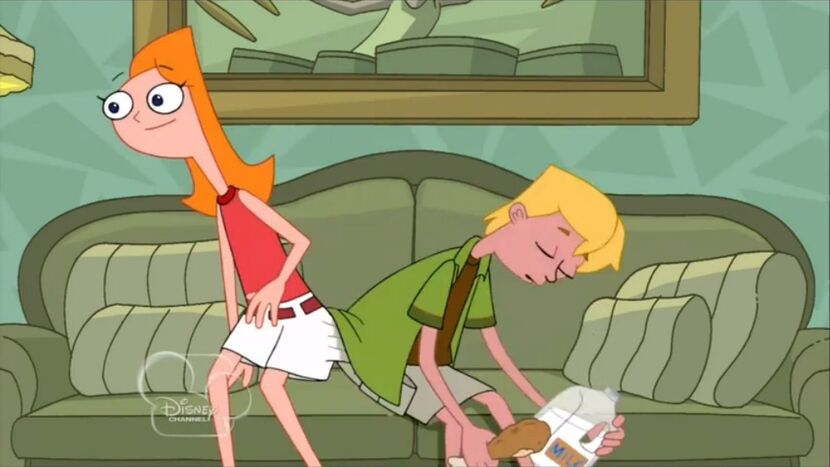
Candace and Jeremy attached at the hip. Literally.
Despite her obsession with Jeremy, her main goal is to “bust” her brothers in an attempt to see them punished for their crimes of doing something abnormally interesting and whimsical. Candace tries her hardest to get her mother to see what dangerous contraptions her brothers build, but her mother always arrives too late or happens to be hit with a Forget-inator ray (one of Doctor Doofenschmirtz’ inventions) and is not able to bust them. Candace recognizes this plot device, but she perseveres anyway and eventually succeeds in the aptly named episode “Phineas and Ferb Get Busted!” The parents react by placing the boys in a reformatory summer camp to teach them that their inventions were dangerous, but Candace soon regrets her actions when she finds out that the camp uses brutal brainwashing techniques to eradicate all creativity. She decides to “bust them out” at the same time that Mom and Dad decide to take the boys out of the school because they realize that they overreacted. The conclusion of this episode shows that Mom, Dad, and Candace all love Phineas and Ferb just the way they are. Candace especially regrets causing them pain. (SPOILER: It’s all a dream sequence so nothing changes in the real world.)
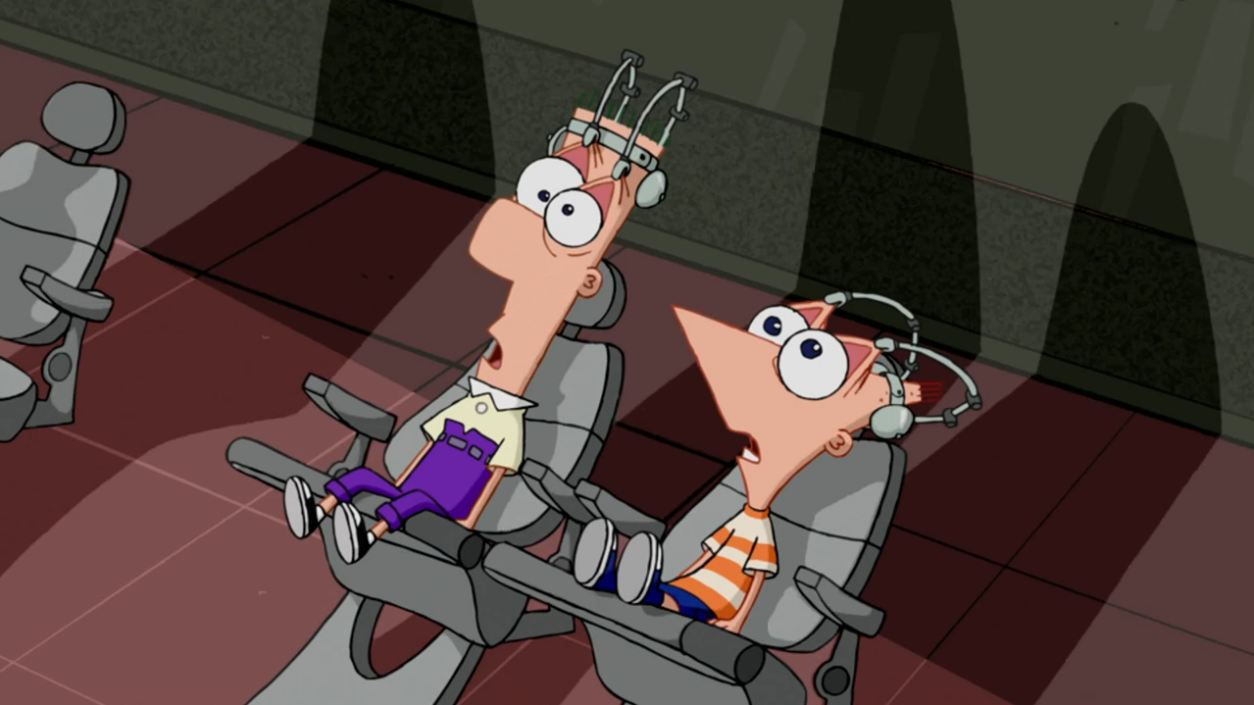
Clockwork Orange-style brainwashing.
She is ambitious and determined in whatever feat she chooses to accomplish despite being proud and confused about who she is and what she wants, like any teenager. Her best friend Stacey is sarcastic and down-to-earth and often plays the voice of reason. Stacey does not pay attention to what others think of her, which is a stark contrast to Candace’s perpetual insecurities.
A recurring theme in the show is loving people for who they are, not because they conform to a certain standard or expectation. For example, Mom and Dad love their children unconditionally and demonstrate that they only want what is best for them. Jeremy thinks that Candace is perfect no matter what she does or looks like. Candace loves her brothers and occasionally participates in their summer schemes, such as playing in a life-sized board game of “Skiddley Whiffers” in an episode of the same name. Loving someone for who they are fits into the feminist point of view. Not only are there no set standards to which female characters should conform, but there are also none for male characters. Gender roles are not reinforced by teasing or bullying past the first season.
Early on in the series, the members of the friend group are established by easily recognizable stereotypes. Buford, far left, is the bully. His favorite victim is Baljeet, far right, who is predictably very book-smart, especially in STEM subjects.

"You know what I like about our friends? We say things like, 'We're gonna douse you in ant pheromones.'
And they're just like, 'Okay, whatever'. They're so cool.”
As the seasons progress, Buford reveals that underneath his violent exterior, he is soft-hearted and cares for Baljeet. These two tend to break gender roles in that they are more open with their strong feelings of friendship for one another. Older viewers recognize Baljeet as less masculine because he is small and usually receives the last choice in matters such as game pieces during Skiddley Whiffers while Buford tends to overcompensate by being the most masculine as he can.
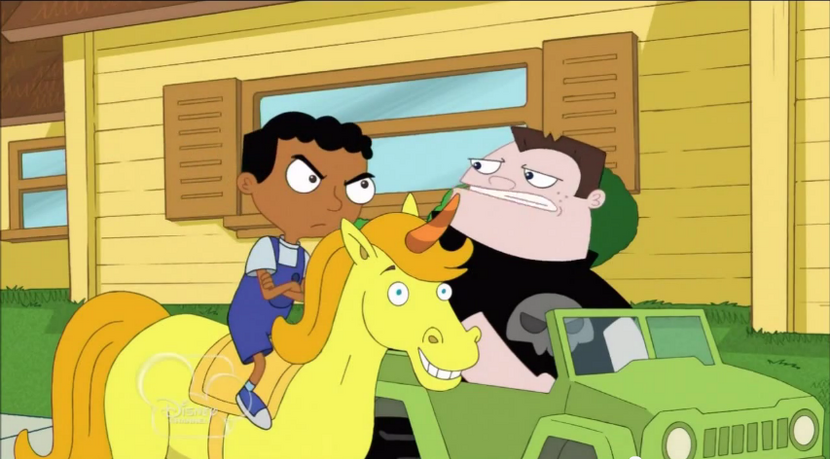
Buford is concerned about Baljeet’s unhappiness.
Other characters choose playing pieces with varying gender connotations, from Isabella’s hair dryer and Phineas’ fedora to Ferb’s giant nose and Candace’s sneaker.
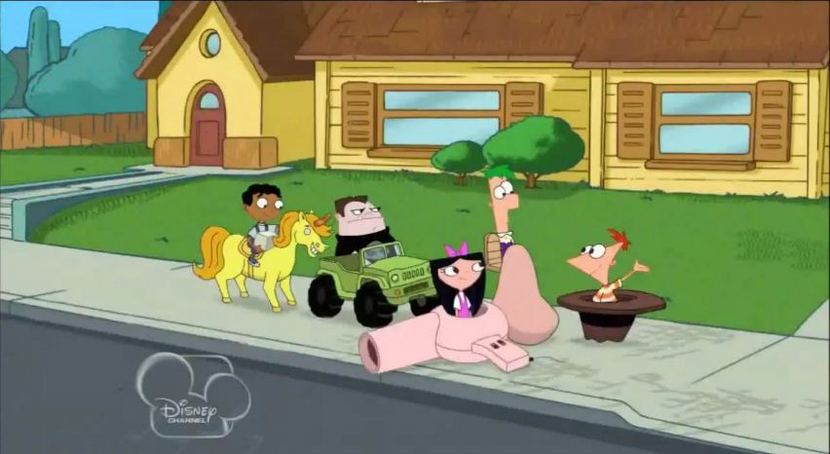
Phineas is the ringleader in the symbolic fedora.
Another of the main female characters is Isabella, the girl next door who has a crush on Phineas. While she could easily be boxed into the “love interest” category, she rises above and beyond the Mary Sue that she could be. In addition to being one of Phineas and Ferb’s best friends, Isabella also is the leader of her Fireside Girls troop, which appears to be a more adventurous, scout-run version of the Girl Scouts. She has strong friendships with the other girls in her troop while maintaining her position as a fair and respected leader. The Fireside Girls are often recruited to help in the gang’s adventures and use their myriad of skills they have acquired to conquer any obstacles and save the day.
Ultimately, there are conflicting messages from the show. The Fireside Girls, while skilled and capable, tend to show up only as a supporting group, like a pit crew for Phineas as a race car driver, or ushers for a five-star restaurant that Phineas and Ferb built in the shape of a platypus. Stacey is level-headed and intelligent, but she is not the type of character that young girls would look up to simply because of how she is presented, while Candace is more a more obvious role model, simply because she is louder and easier to identify with. “Phineas and Ferb” is far from perfect, being occasionally politically incorrect, but I feel that the complex characters and the routine breaking of gender roles are a step forward in children’s television.
Sources: I watch episodes on Netflix and browsed http://phineasandferb.wikia.com/wiki/Phineas_and_Ferb_Wiki for images and episode details.
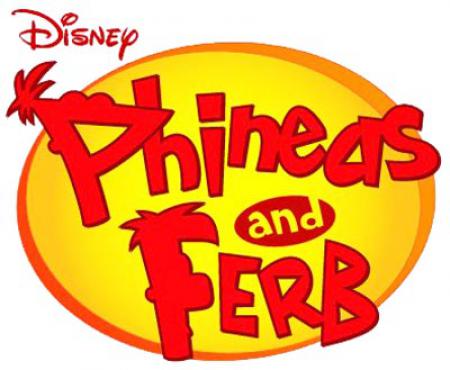

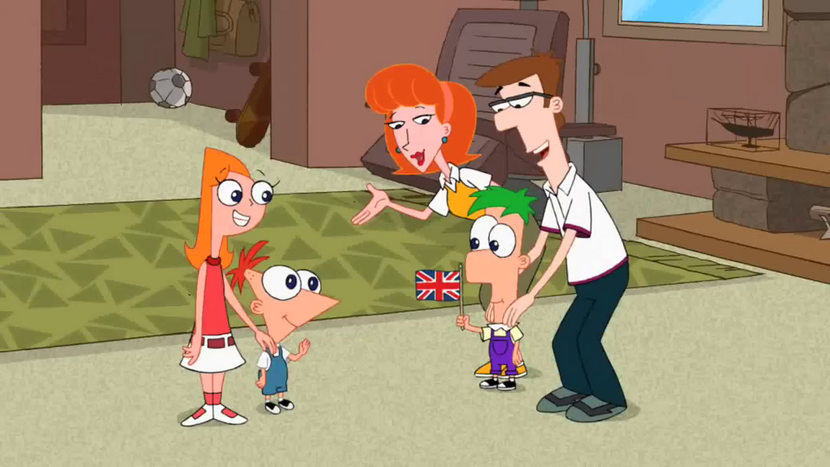


Comments
No
Most of the women in this show have plots that revolve around the boy's actions. The primary characters are geniuses and secret detectives with stock supporting male characters. The primary female characters are a stay at home mom and a gal who's obsessed with a boy liking her and with her brothers. Candice competes with other women in the show and makes tons of makeup, shopping and stereotypical "girl interest" references. Isabelle is beloved for her beauty and popularity. The boys are beloved for their imaginations and brains. Also, Ferb's large nose and Candice's sneakers are far from "varying gender connotations". Men have large noses and women have been wearing sneakers since about the 50's. I'm watching this with the kid I babysit right now and pretty bummed. I agree it's not the worst show on television, but I certainly wouldn't call it feminist or progressive. Intelligent men with the supporting, somewhat shallow who surround them.
Stepping Further Forward?
bluebox--
There's an awful lot of plot summary here, to make the (unsurprising?) point that a children's show on the Disney channel is "far from perfect" and "occasionally politically incorrect." That the show includes some mild bending of gender roles, and advocates "loving people for who they are, not because they conform to a certain standard or expectation," is, I suppose, a "step forward in children's television"….
…but I really want to nudge you now to take quite a few steps forward, toward a project that works much harder @ challenging what you (we?) already know. In Literary Theory: An Introduction, Jonathan Culler says that "what drives theory...is the desire to see how far an idea...can go....Theory does not give rise to harmonious solutions...but the prospect of further thought...theory is...an ongoing project of thinking which does not end" (122); "theory is ...the questioning of presumed results and the assumptions on which they are based. The nature of theory is to undo...what you thought you knew, so the effects of theory are not predictable (15-17).
What sort of query might you take up, for your final project, which confounds the commonsensical, and imagines something beyond the familiar?